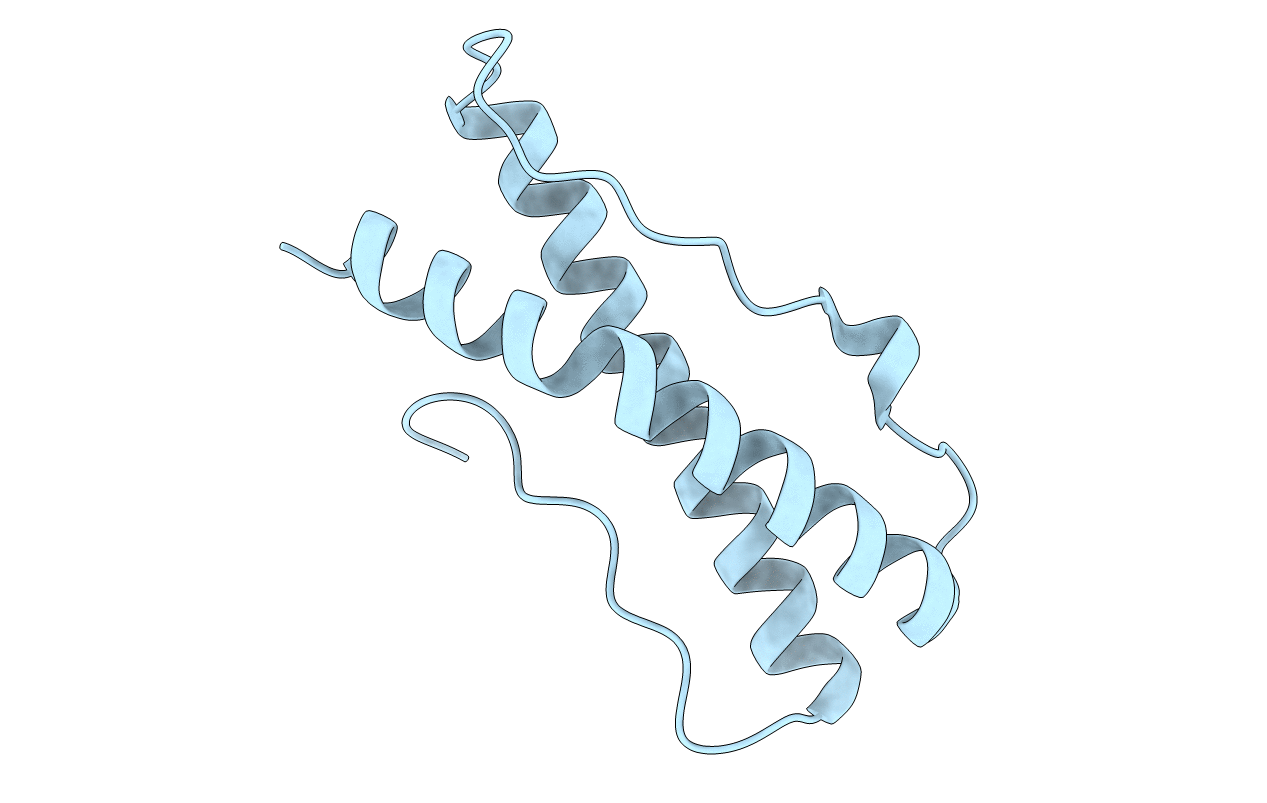
Deposition Date
2021-11-30
Release Date
2022-03-09
Last Version Date
2024-06-19
Entry Detail
PDB ID:
7QDV
Keywords:
Title:
Crystal structure of outer surface protein BBA14 (OrfD) from Borrelia burgdorferi
Biological Source:
Source Organism:
Borreliella burgdorferi B31 (Taxon ID: 224326)
Host Organism:
Method Details:
Experimental Method:
Resolution:
1.90 Å
R-Value Free:
0.24
R-Value Work:
0.18
R-Value Observed:
0.19
Space Group:
P 43 21 2


